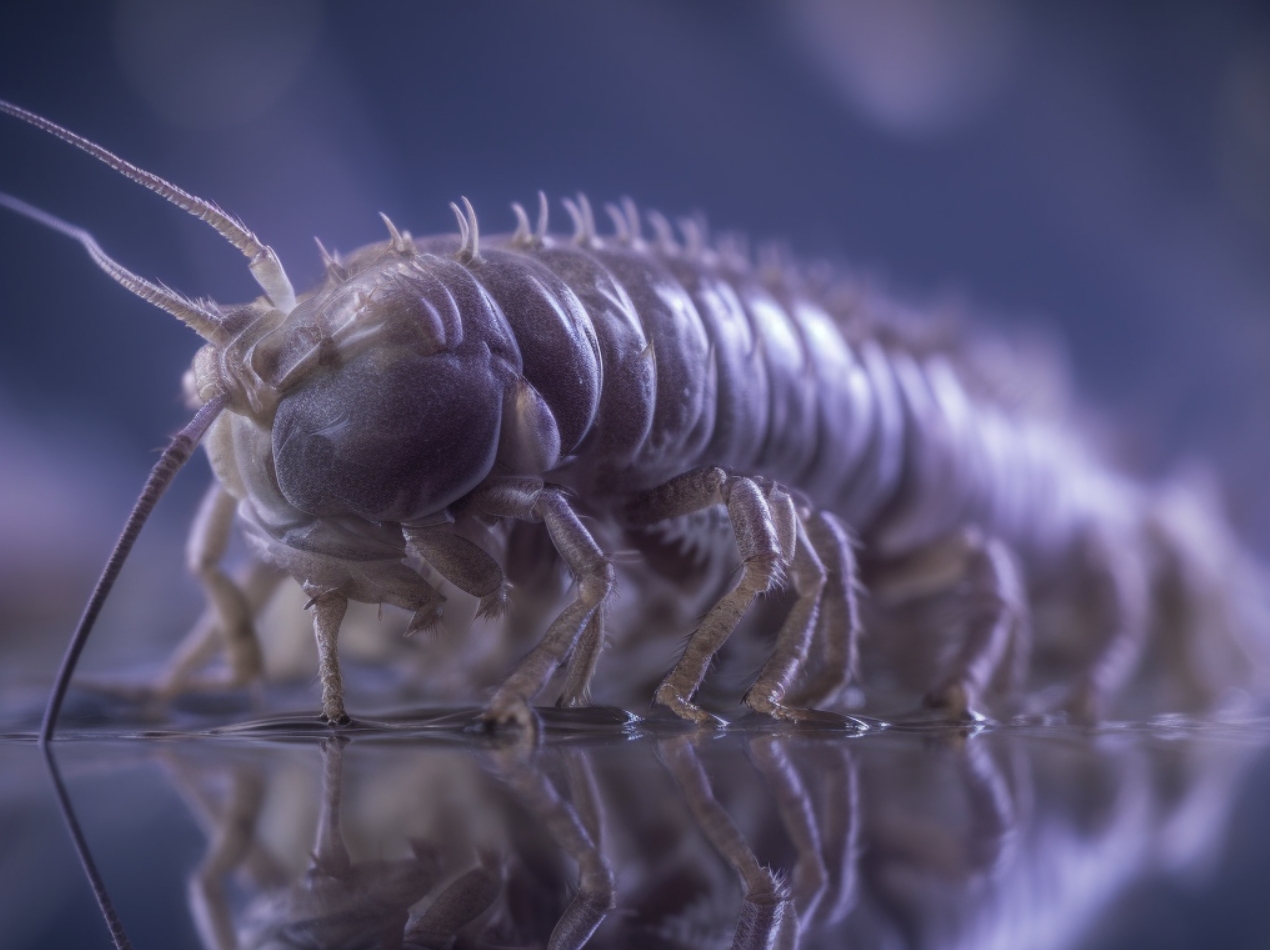Do you have a burning curiosity about woodlice babies? You’re not alone! Many people find these tiny critters fascinating and want to learn more about their life cycles, behaviors, and impact on the environment. In this comprehensive guide, we’ll delve deep into the world of woodlice babies, answering all your questions and providing real-life examples to keep things engaging and relatable. So grab a cup of tea, sit back, and join us on this incredible journey into the lives of these remarkable creatures!
How Many Children Do Woodlice Have?
Contents
Woodlice are highly prolific creatures, capable of producing a significant number of offspring in a relatively short time. They reproduce through a process called sexual reproduction, which involves the fusion of male and female gametes. Female woodlice can produce up to 200 offspring in their lifetime, depending on the species and environmental conditions. With this impressive reproductive capacity, it’s no wonder that woodlice populations can expand rapidly in the right conditions.
Can Woodlice Have Babies?
Yes, woodlice can and do have babies! In fact, they are quite fascinating in their reproduction process. Female woodlice carry their fertilized eggs in a special pouch called a marsupium, located on the underside of their body. This brood pouch is a safe and secure environment for the developing embryos, providing them with the necessary protection and nutrients to grow and mature.
After a gestation period that varies depending on the species, the female woodlice will release her young into the world. These tiny creatures are called mancae and are fully developed but miniature versions of the adult woodlice.
What Are Baby Woodlice Called?
As mentioned earlier, baby woodlice are referred to as mancae. Mancae are born with six pairs of legs, just like adult woodlice. However, they will molt several times before reaching maturity, growing an additional pair of legs with each molt. As they grow and develop, these mancae will become more and more similar to their adult counterparts, eventually transforming into fully grown woodlice.
What Do Pregnant Woodlice Look Like?
Pregnant woodlice, or gravid females, have a swollen and enlarged appearance due to the presence of eggs or developing mancae within their marsupium. This brood pouch is situated on the underside of the female’s body and can be quite noticeable when it’s filled with offspring. You may also observe the gravid female moving more slowly and cautiously, as she’s carrying precious cargo that she must protect at all costs.
Now that we have a basic understanding of woodlice babies and their reproductive habits let’s explore some practical examples and scenarios that can help illustrate these concepts in action.
A Step-by-Step Guide to Woodlice Babies
Step 1: Discovering Woodlice in Your Home
If you’ve ever stumbled upon a group of woodlice scurrying about your home, you may have wondered if they pose any harm to your household. While woodlice are generally harmless, they can be a nuisance if their populations grow unchecked. Identifying a woodlice infestation early is crucial for effective control and prevention.
Step 2: Understanding Woodlice Preferences and Habitat
Woodlice prefer dark, damp, and cool environments. They can often be found hiding under rocks, logs, and piles of dead leaves. In your home, they may seek out areas like basements, crawl spaces, and bathrooms where moisture levels are high. Familiarizing yourself with the woodlice habitat and environment is essential for effectively managing and preventing infestations.
Step 3: Learning About Woodlice Species, Anatomy, and Behavior
There are numerous species of woodlice, each with their unique characteristics and behaviors. Understanding the anatomy and behavior of woodlice can help you identify the specific species you’re dealing with, which can be useful in determining the best course of action for control.
Step 4: Identifying Woodlice Food Sources
Woodlice primarily feed on decaying organic matter, making them essential decomposers in the ecosystem. In your home, they may be attracted to damp and rotting wood, moldy wallpaper, or even potted plants. Learning what woodlice eat can help you eliminate their food sources and make your home less inviting to these critters.
Step 5: Controlling and Preventing Woodlice Infestations
Once you have a solid understanding of woodlice and their habits, you can take steps to control and prevent infestations. This may involve using woodlice control products like diatomaceous earth, sticky traps, or even woodlice killer solutions for more severe infestations. Additionally, implementing measures like reducing moisture levels, sealing gaps and cracks in your home, and removing potential hiding places can help deter woodlice from taking up residence in your living space.
Step 6: Appreciating the Importance of Woodlice in the Ecosystem
While woodlice can be a nuisance in your home, it’s essential to remember that they play a vital role in the ecosystem as decomposers. By breaking down dead plant material, they help recycle nutrients back into the soil and maintain a healthy balance in the environment. Recognizing the importance of woodlice and other decomposers can provide valuable perspective and appreciation for these tiny creatures.
Real-Life Examples and Stories
Now that we’ve covered the basics of woodlice babies and their life cycle let’s take a look at some real-life examples and stories that bring these concepts to life.
The Woodlice Family in the Garden
Imagine a family of woodlice living in a small garden, nestled under a pile of decaying leaves. The adult woodlice work tirelessly to break down the organic matter, turning it into rich, nutrient-dense soil that benefits the plants growing nearby. As the female woodlice produce offspring, the mancae join in the decomposition process, ensuring that the garden continues to thrive.
A Close Encounter with Pregnant Woodlice
One day, a curious gardener lifts a log in their yard and discovers a gravid female woodlice among the damp soil and decaying leaves. Intrigued, the gardener carefully observes the swollen marsupium and the tiny mancae tucked safely inside. The gardener gains a newfound appreciation for the reproductive process of woodlice and the care they provide to their offspring.
The Battle Against a Woodlice Infestation
A homeowner discovers a woodlice infestation in their damp and cluttered basement. Determined to address the issue, they embark on a mission to learn everything they can about woodlice and their habits. Armed with knowledge, the homeowner takes action by implementing various control measures and making changes to their home environment. Over time, the woodlice population dwindles, and the homeowner successfully prevents future infestations, all while gaining a deeper understanding of these fascinating creatures and their role in the ecosystem.
In Conclusion
Woodlice babies, or mancae, are an intriguing aspect of the woodlice life cycle. From their impressive reproductive capacity to their unique marsupial-like pouch, woodlice are undoubtedly fascinating creatures. Gaining a comprehensive understanding of their biology, habits, and impact on the environment can not only help in managing and preventing infestations but also instill a sense of appreciation for these often misunderstood critters.





